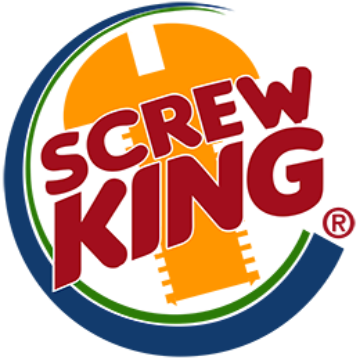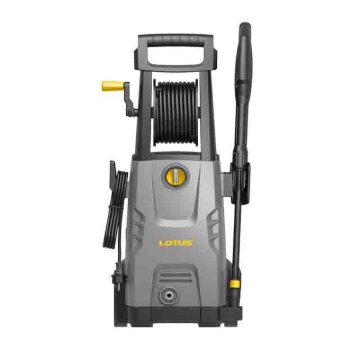Machines
INITIAL JET 3-4
INITIAL JET 3-4
SHALLOW WELL JET PUMP
MATERIAL : CAST IRON
HP : 0.75
VOLTAGE : 220V - 60HZ
RPM 3450
₱11,500.00
INTIAL JET 4-4
INTIAL JET 4-4
INTIAL JET 4-4
SHALLOW WELL JET PUMP
CAST IRON
1.0 HP
VOLTAGE : 220 V - 60HZ
RPM 3450
₱12,000.00
NILFISK VIPER VACUUM DRY 15L W/HEPA FILTER-NFDSU15
NFDSU15
NILFISK VACUUM CLEANER 107410407 15L 1000W
₱13,000.00
Ridgid 7 1/2' All Purpose Wind Sectional Drain Cleaner Cable
62270
7 1/2' All Purpose Wind Sectional Drain Cleaner Cable
₱5,100.00
Ridgid Replacement Camera Head (MicroEx), 30083
30083
Ridgid Replacement Camera Head (MicroEx)
₱36,000.00
JET WJ SERIES - WJ-201-X-EM/6
WJ-201-X-EM/6
WILO JET WJ SERIES - WJ-201-X-EM/6
MATERIAL STAINLESS STEEL
HP 0.50
VOLTAGE 220 V - 60HZ
RPM 3450
₱17,500.00
₱10,875.00
NILFISK VIPER VACUUM WET/DRY 35L-NFDSU135
NFDSU135
NILFISK VACUUM CLEANER 107410407 15L 1000W
₱15,000.00
Ridgid 5/8-Inch x 7 1/2-Feet Tight-Wind Sectional Cable, 7-1/2-Feet All Purpose Wind, 10' HD Wind, 62265
62265
Ridgid 5/8-Inch x 7 1/2-Feet Tight-Wind Sectional Cable, 7-1/2-Feet All Purpose Wind, 10' HD Wind
From ₱4,100.00
Ridgid 6-mm Imager Head Accessory with 1-meter Cable, 37098
37098
Ridgid 6-mm Imager Head Accessory with 1-meter Cable
₱18,100.00
SEESNAKE STANDARD REEL 325FT W TRUESENSE CMP-63583
63583
SEESNAKE STANDARD REEL 325FT W TRUESENSE CMP-63583
₱1,887,900.00
Min:
₱0.00
Max:
₱1,887,900.00
₱0
₱1887900
Recently viewed products


































































































































